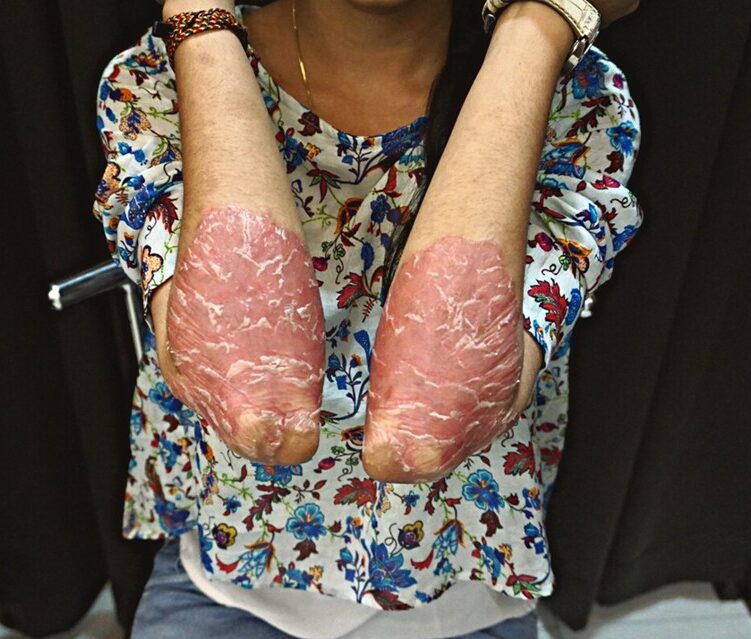
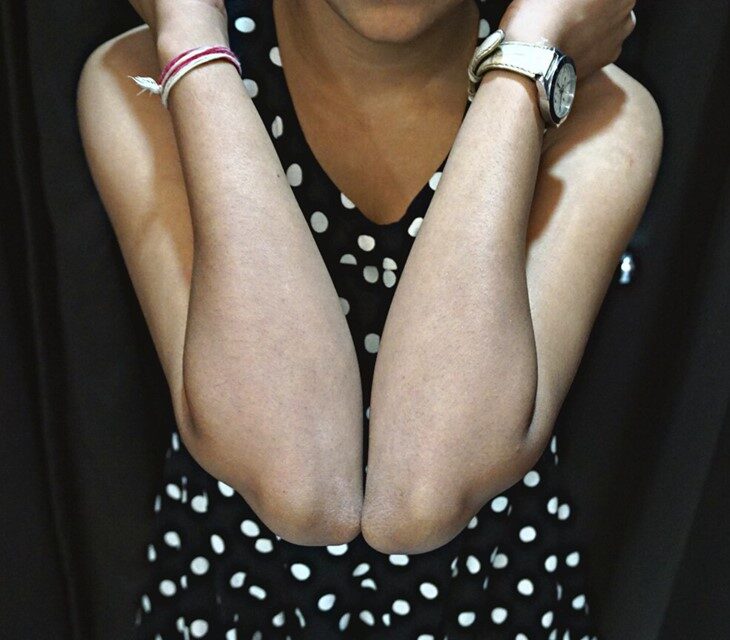
80 percent of people with Psoriasis have plaque Psoriasis. This is the most common type, it causes dry, raised, red skin lesions (plaques) covered with whitish-silver scales. The plaques might be itchy or painful and there may be few or many. Most often seen on the elbows, knees, scalp and lower back.
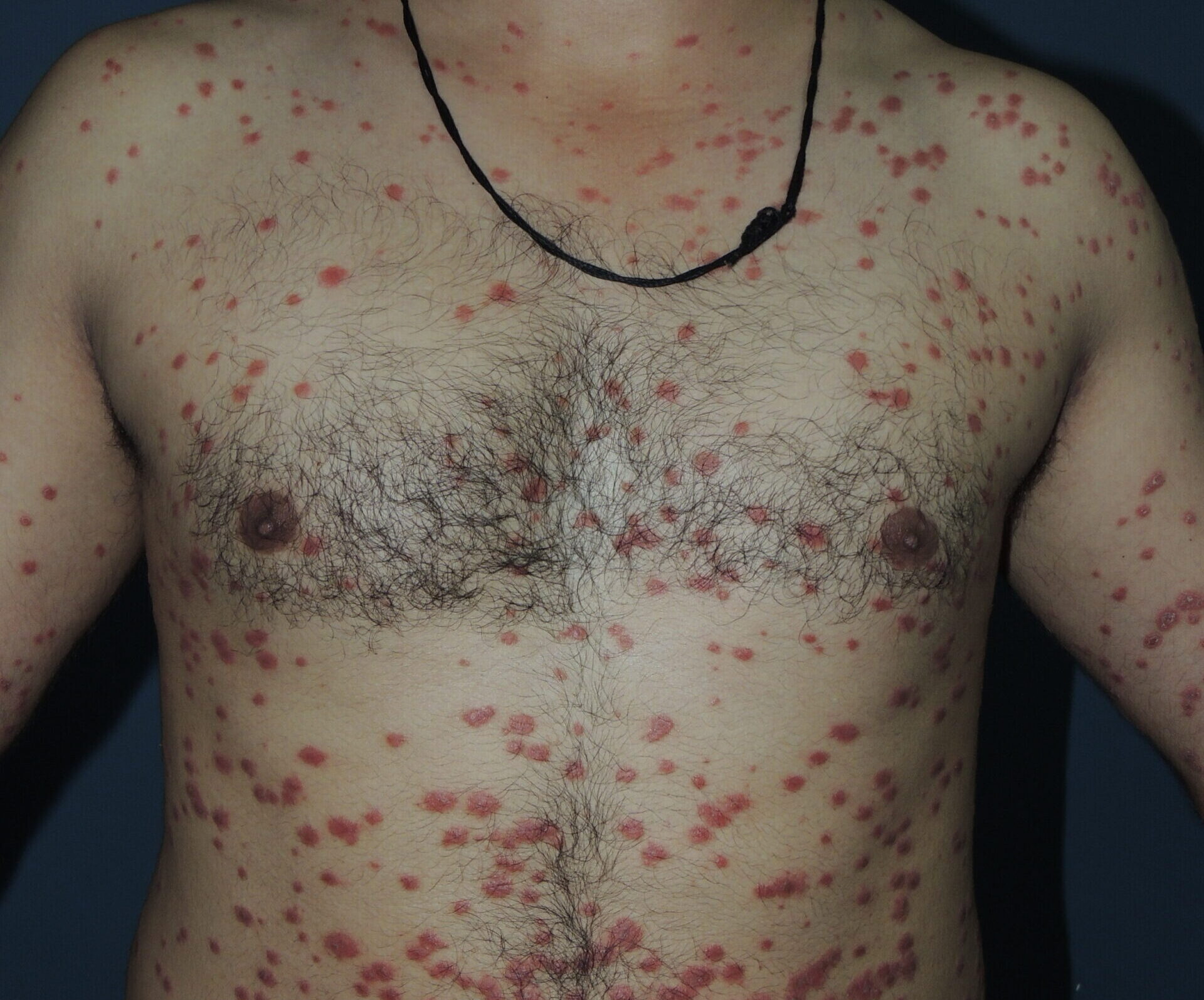
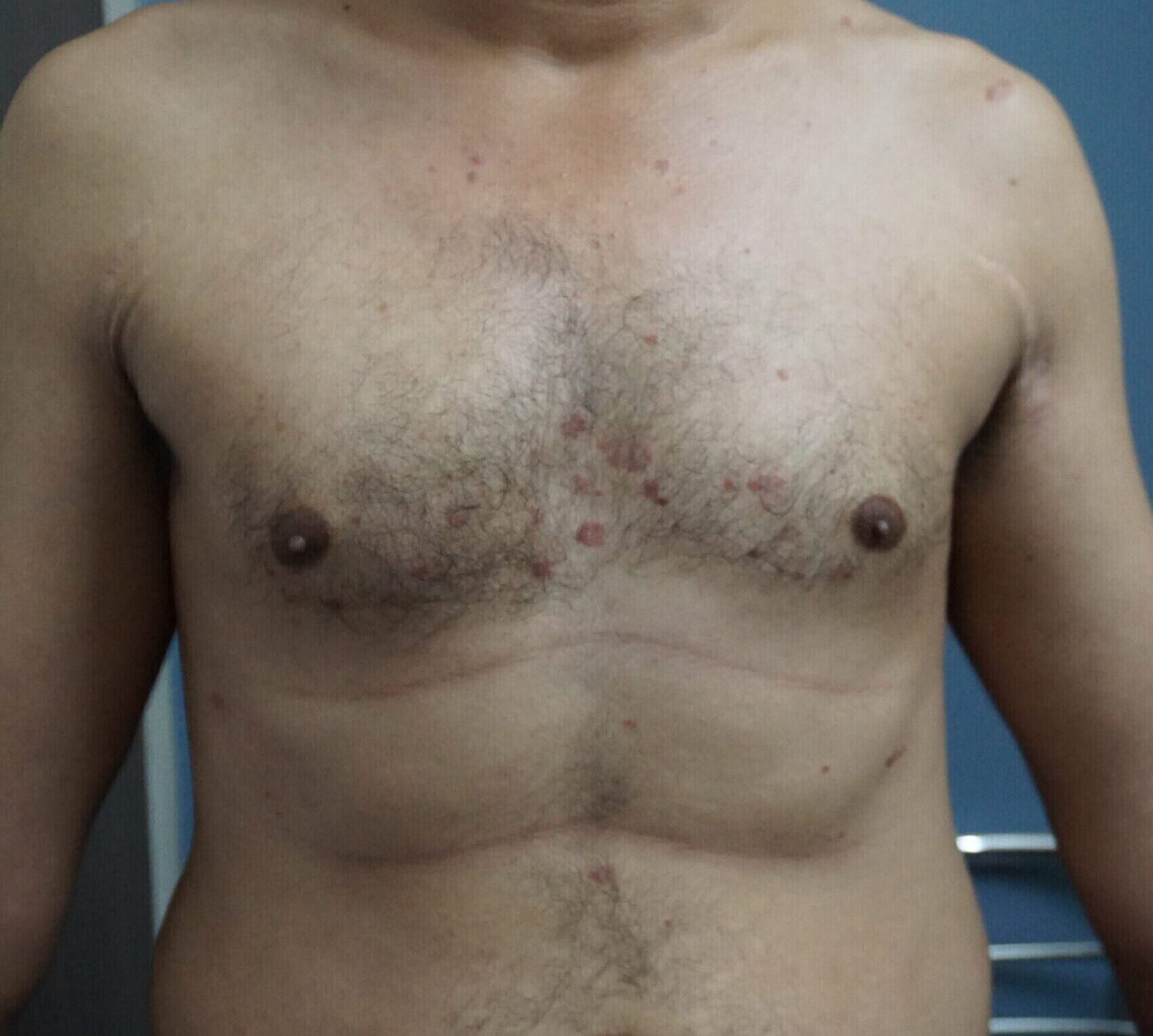
This type of psoriasis is common in children and young adults. It’s usually triggered by a bacterial infection such as strep throat. It appears as small, pink-red, water drops on the skin. The most common site for guttate Psoriasis includes the trunk, arms, legs and scalp. These spots are rarely thick or raised like plaque Psoriasis.
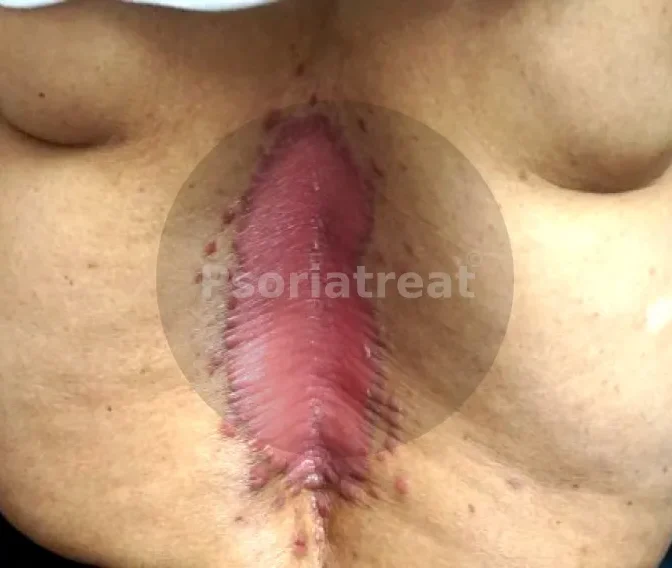
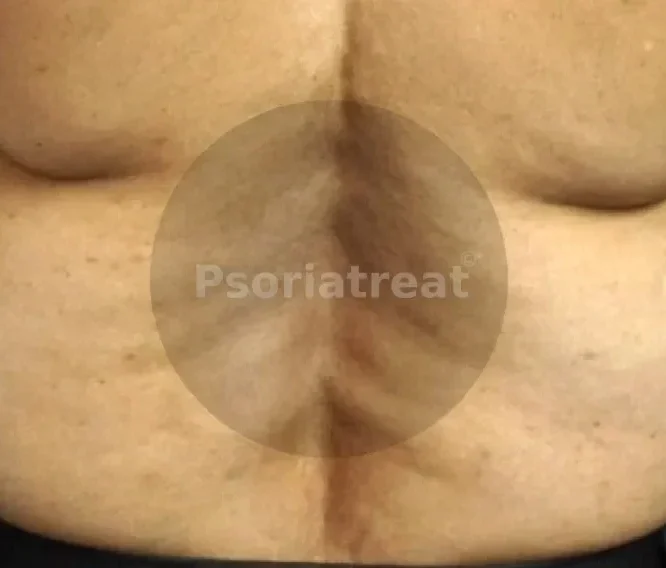
This mainly affects the skin in the armpits, in the groin, under the breasts and around the genitals and buttocks. It causes patches of skin that are bright red, smooth, and shiny but don’t have scales. It worsens with friction and sweating. It is more common in people who are overweight with deep skin folds.
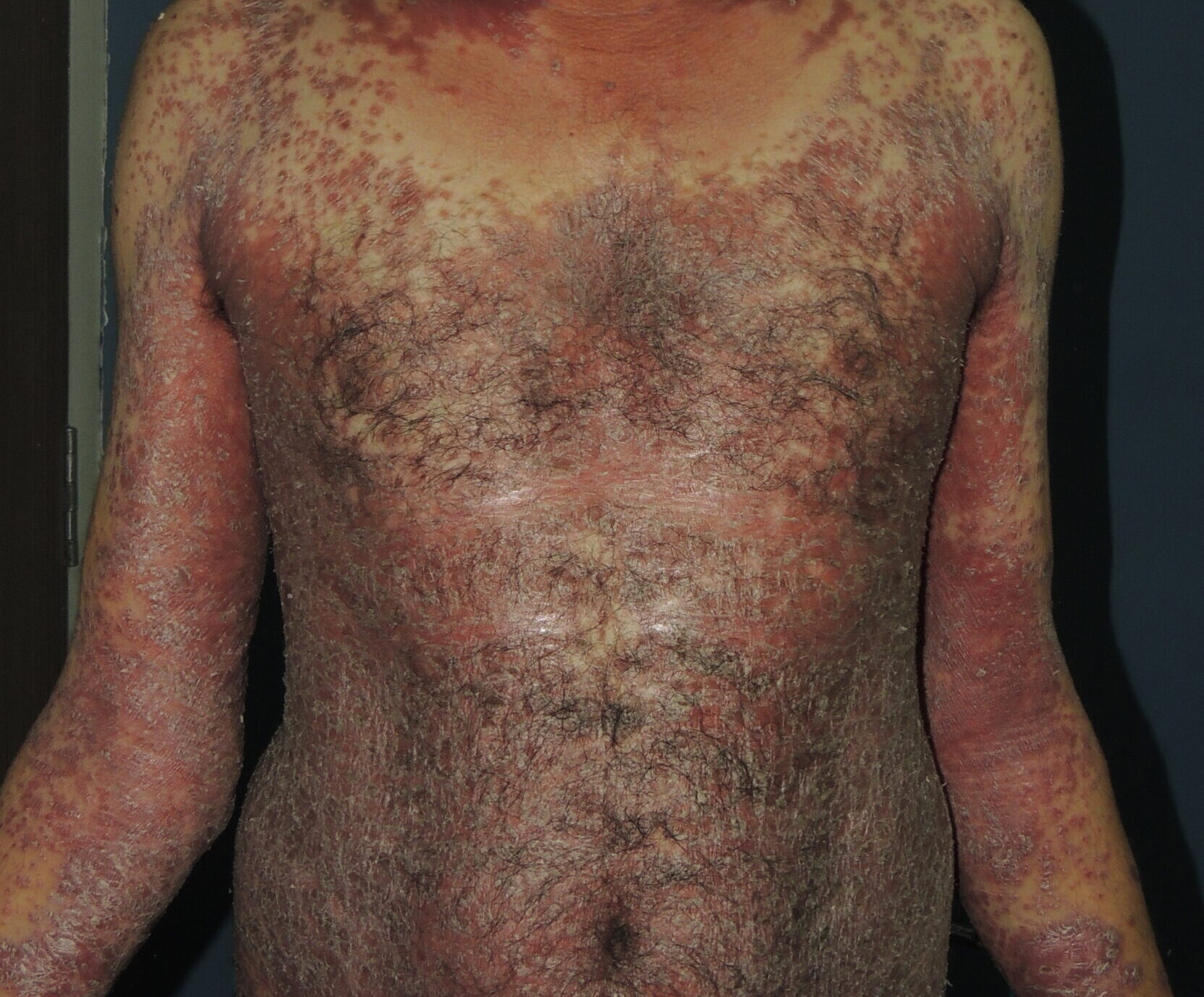
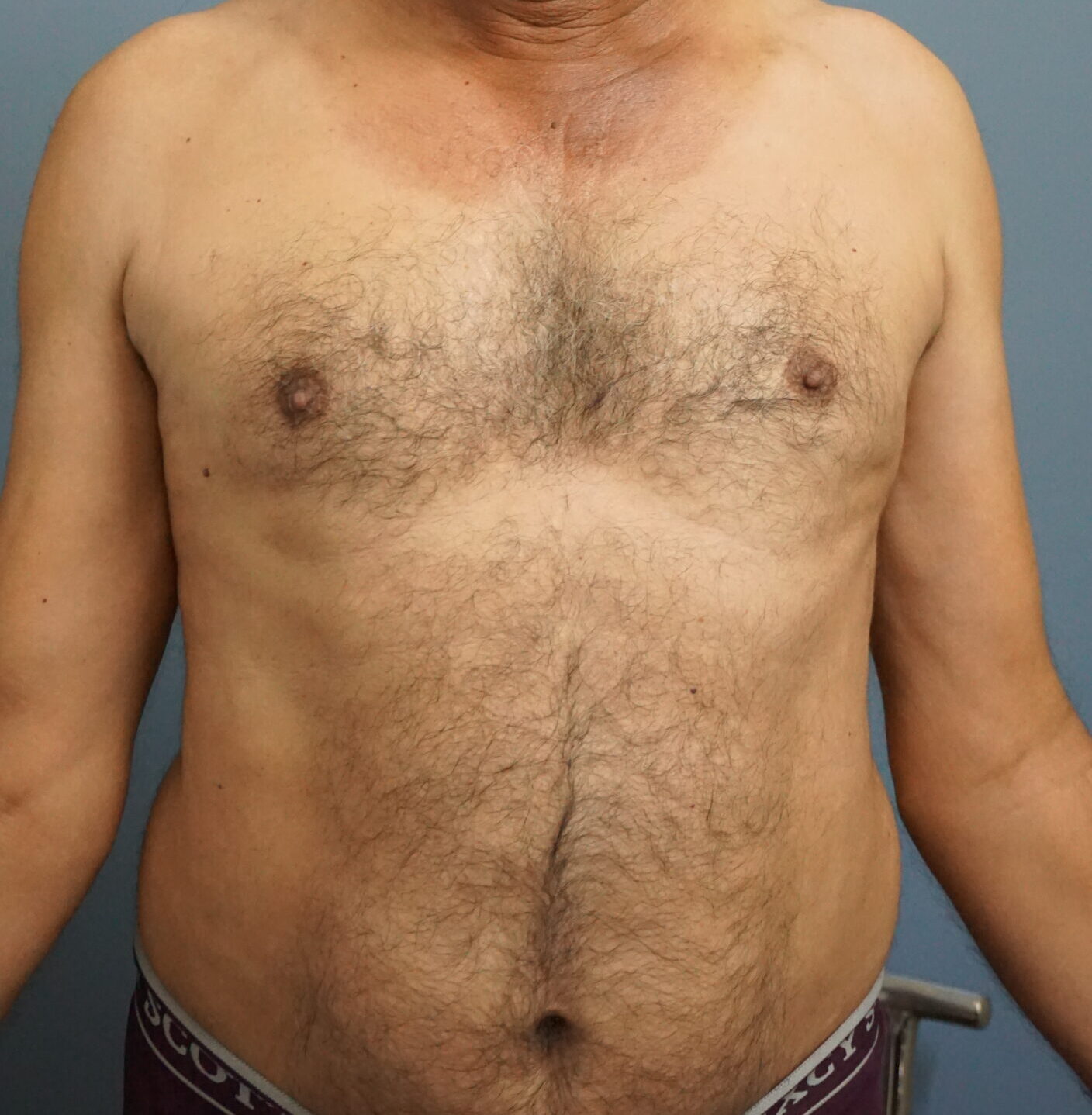
It causes white, pus-filled bumps(pustules) and broad areas of red, inflamed skin. Pustular Psoriasis is typically localized to smaller areas of the body, such as the hands or feet, but sometimes it can be widespread. Other symptoms include fever, chills, nausea, faster heart rate, muscle weakness.

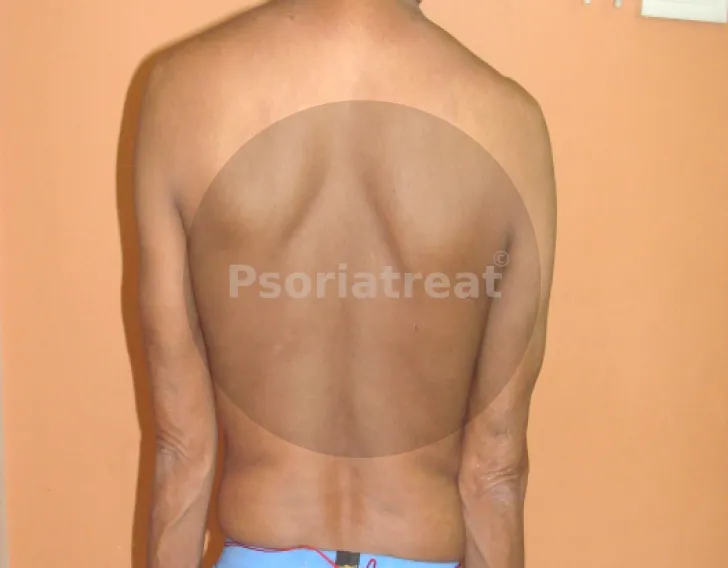
This form often covers large sections of the body at once. The skin almost appears sunburned. Other Symptoms include, severe itching, burning, or peeling. It can cause severe illness from protein and fluid loss from the body. You can also get an infection, develop pneumonia, or congestive heart failure.
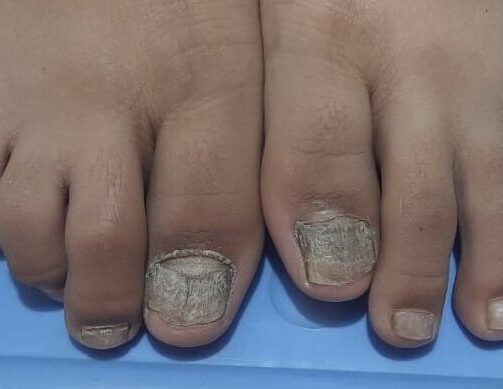
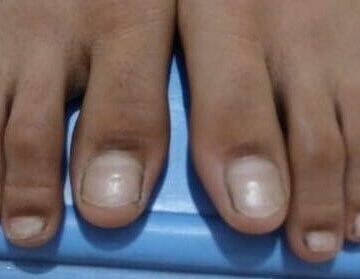
Nail Psoriasis is even more common in people who have Psoriatic arthritis. It affects fingernails and toenails, causing symptoms like pitting of your nails, tender painful nails, color changes (yellow-brown), chalk like material under your nails. Psoriatic nails might loosen and separate from the nail bed.
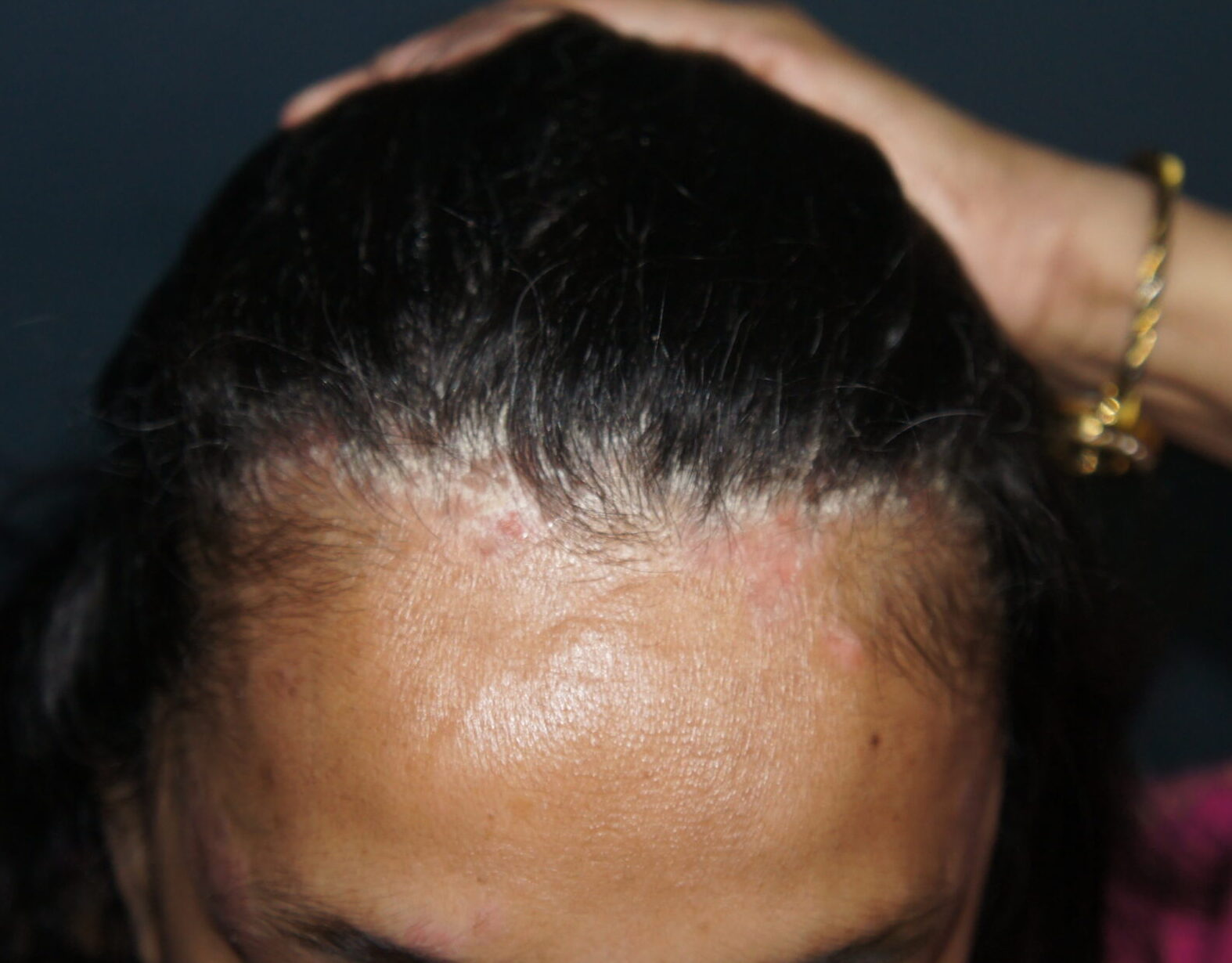
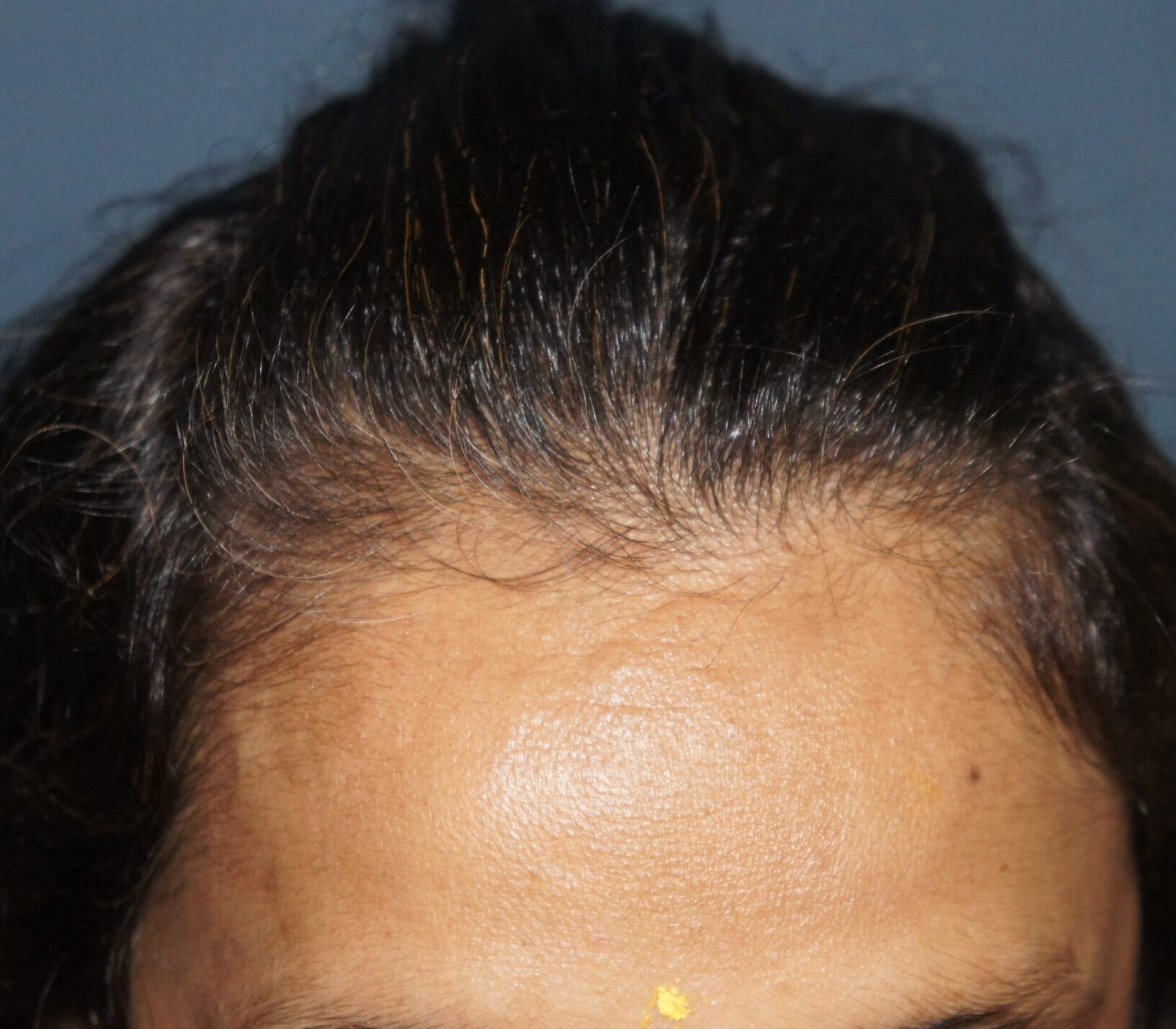
Scalp Psoriasis symptoms include raised, reddish, often scaly patches, intense itching which can affect your sleep and everyday life, scratching a lot can lead to skin infections and hair loss. It can pop up as a single patch or several. It can also spread to your forehead, the back of your neck, or behind and inside your ears.
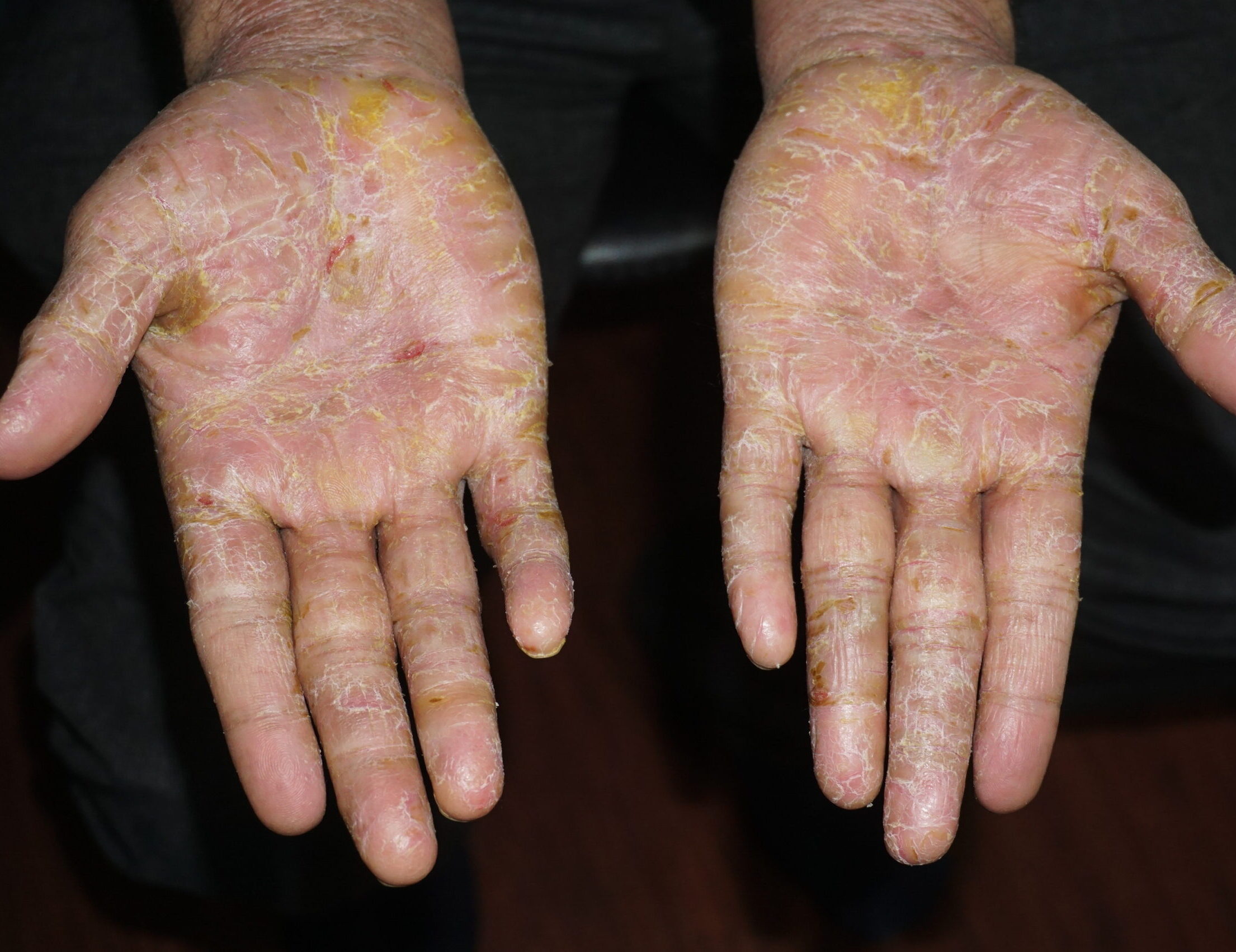

This type affects the palms of the hands and the soles of the feet. The symptoms include well-defined areas of raised, thickened skin, redness and scaling, itching and burning sensation, pain, cracking and bleeding. The hands and feet are more open to environmental and chemical triggers.